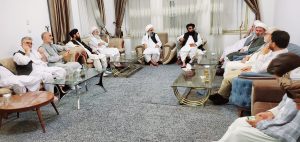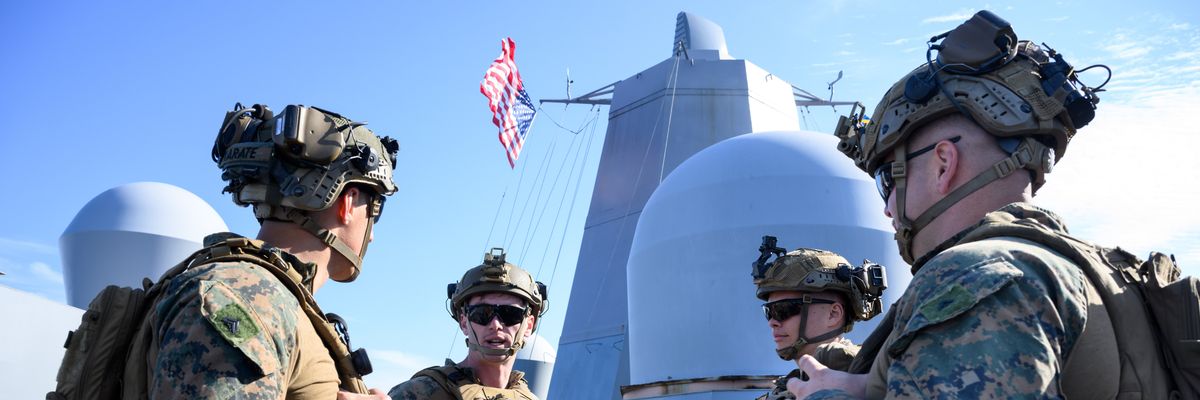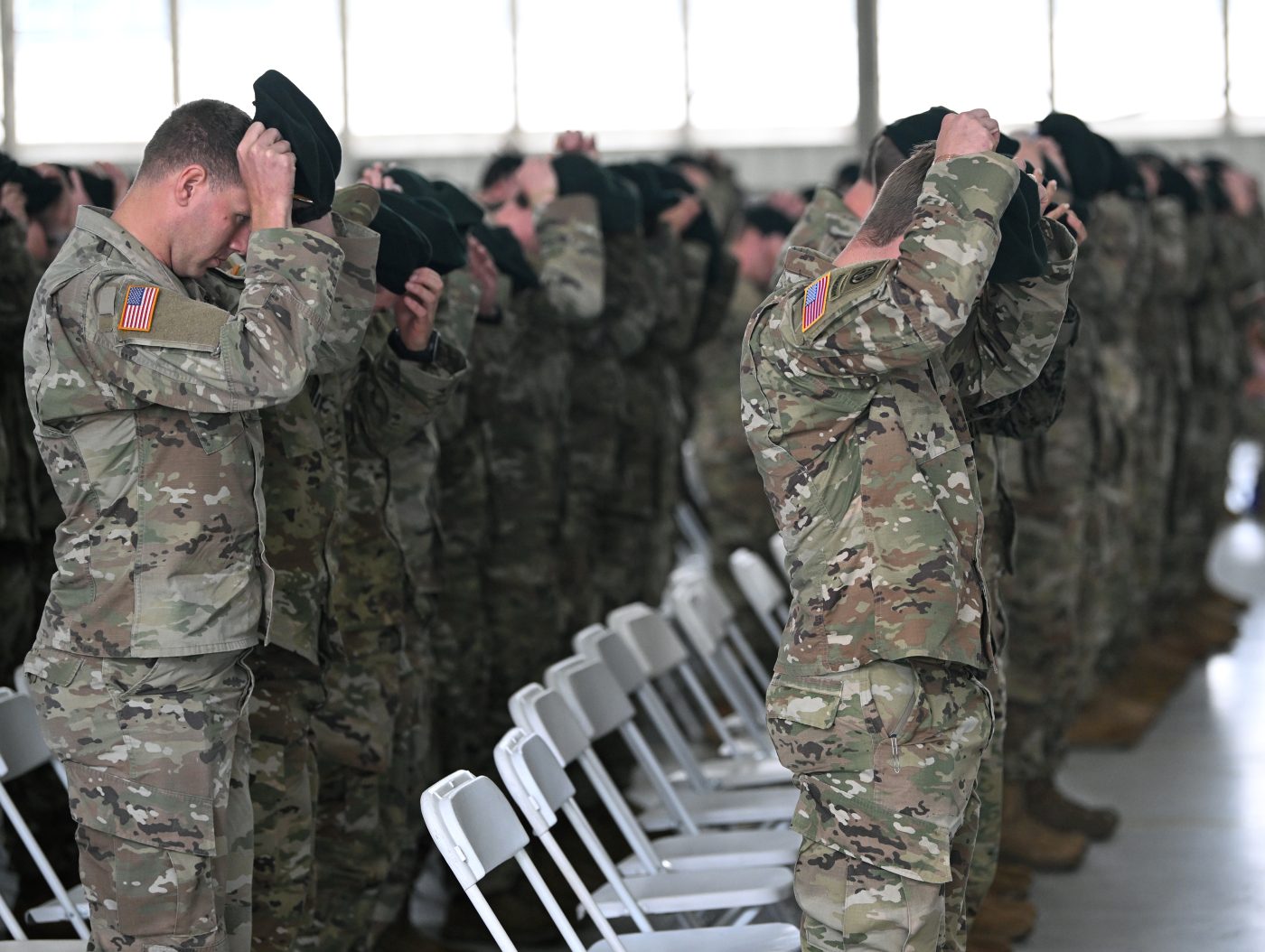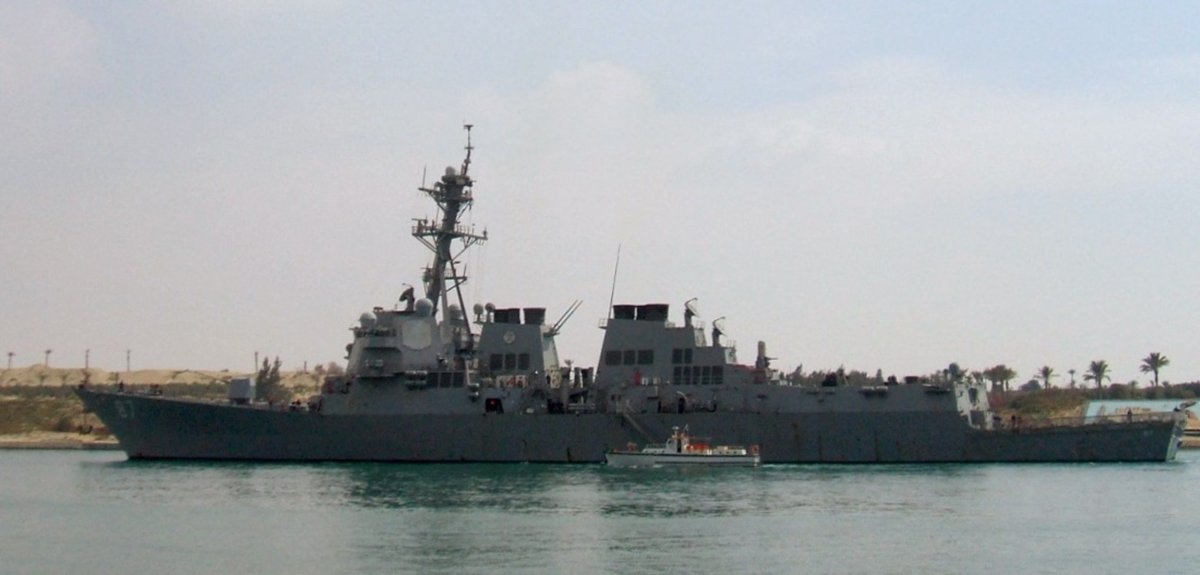Tom O'Connor
An Israel Defense Forces (IDF) engineer officer has expressed to Newsweek surprise at the vast scope of tunnels said to be used by the Palestinian Hamas movement in Gaza amid the ongoing war.
Such tunnels have been central to Hamas' military strategy and a leading target of Israeli forces throughout a conflict laden with uncertainties for both sides.
"We knew this is what we expected to see, but I didn't expect these tunnels to be so strong, meaning there's a lot of concrete, stairs, a lot of intersections in these tunnels," the IDF engineer officer told Newsweek. "Of course, we don't usually go in, but we explore them, and we see it, so this is really surprising."
"I thought it would be a little more primitive, but this is really sophisticated," the officer added.
The Gaza Strip has long been known to host sprawling underground networks, even dating to the near four-decade period of Israeli occupation. When Hamas took over the territory in 2007 following the IDF's withdrawal and a bloody rift with the West Bank-based Palestinian National Authority's leading Fatah faction amid elections, this network expanded significantly.
"That's the lifeline," the IDF officer said. "When Israel used to control the Gaza Strip, we had operations against these smuggling tunnels, and it was not just military goods, also civilian goods, but mostly military. And after Israel left, it just became more and more their lifeline."
Now, the IDF officer said, tunnels constitute Hamas' "main assets" and continue to serve as a challenge to Israel's efforts to deliver a decisive defeat to the group in the deadliest war yet to beset the 75-year Israeli-Palestinian conflict.














